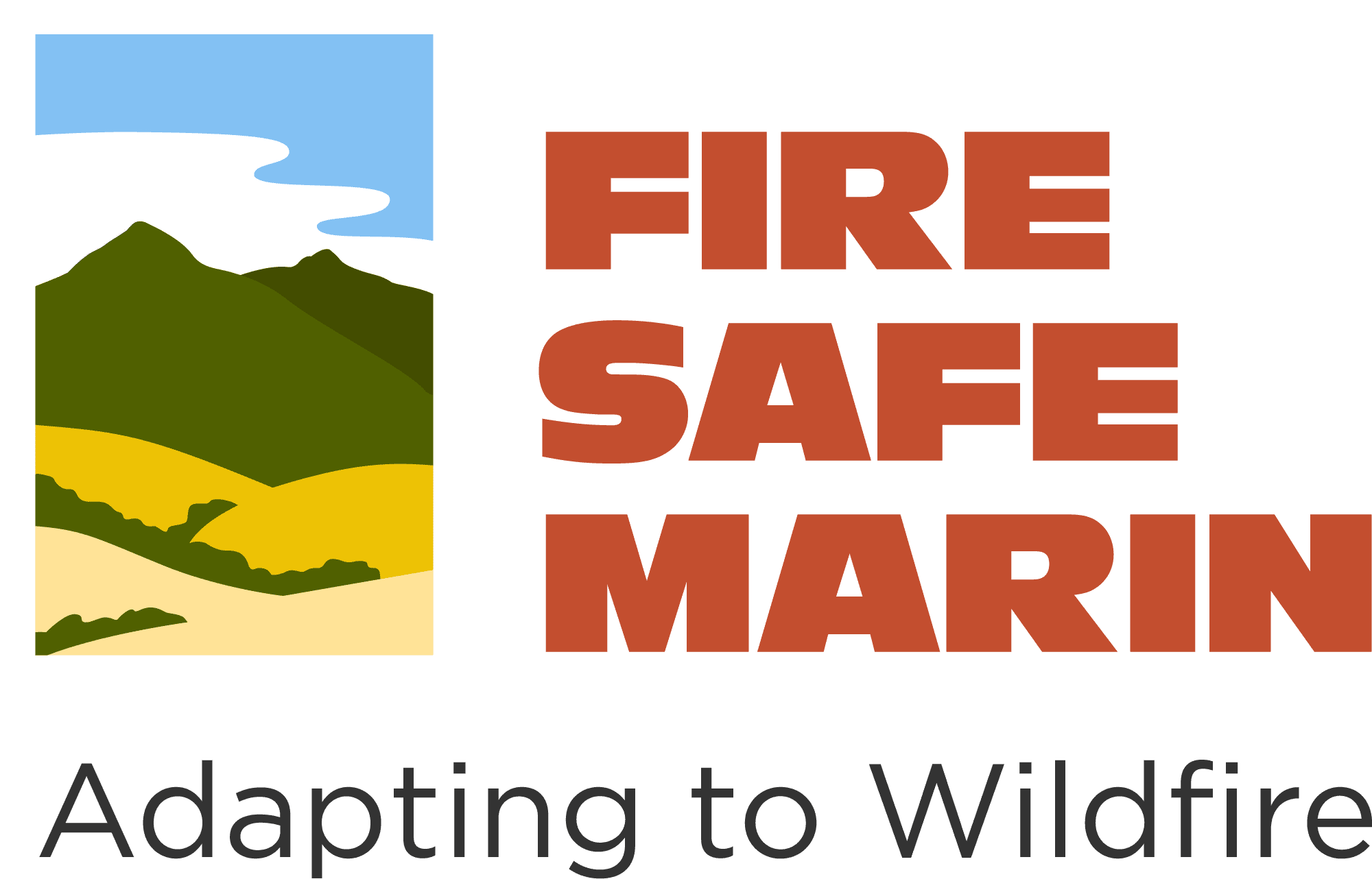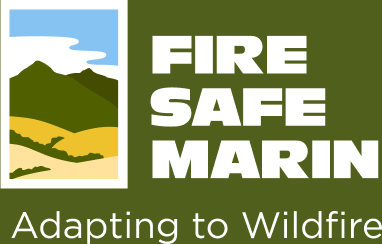A simple, 7 day guide to improving your home and family’s wildfire preparedness with easy, inexpensive tips.
Day 3: Clear Combustibles Within 5′ of Your Home
The area nearest your house, from 0′ to 5′, including the surfaces of the structure itself, is the most vulnerable area. We call this “ZONE ZERO,” because it’s ground-zero when it comes to protecting your home from embers. It’s the area closest to your house, including plants, decks, outdoor furniture, and the outside walls and coverings. This area is most vulnerable and should be more aggressively maintained for fire resistance. There should be ZERO combustibles in this zone!
- Remove combustible outdoor furniture. Replace with metal or non-combustible varieties.
- Replace jute or natural fiber doormats with heavy rubber or metal grates.
- Remove or relocate all combustible materials including garbage and recycling containers, lumber, trash, and patio accessories.
- Clean all fallen leaves and needles.
- No vegetation or plantings are recommended within 5’ of any structure.
- Remove tree limbs that extend into this zone. Fire-prone tree varieties should be removed if they extend into this zone.
- Do not store firewood, lumber, or combustibles here, even (especially) under decks or overhangs. Move stored combustibles inside or at least 30’ from any structure.
- Use only inorganic, non-combustible mulches such as stone or gravel.
- Hardscaping is strongly recommended around the base of structures.
Maintaining Zone Zero
To create an effective “Zone Zero”, you need to understand how homes actually ignite during wildfires.
Studies have shown that 60 to 90 percent of homes destroyed in wildfires are ignited by tiny embers – not the flames from the fire itself! These embers can be carried by wind for miles in front of a wildfire, and will ignite any combustible surface or material they land on.
Laboratory research has helped us engineer better materials and building features to protect homes from wildfire flames and embers. Many of those features have been incorporated into California’s building codes, especially chapter 7A, the Wildland Urban Interface code. The same research has helped identify specific measures a homeowner should take in Zone Zero. Building codes only help when a new home is built, or an existing home is substantially remodeled, but the work you do in Zone Zero can be undertaken at any time.”
Fortunately, many of the things you can do to protect your home and property against embers are simple and inexpensive – or even free. Some are more complex and may require upgrades or changes to your home.
We know that during wildfires, embers tend to collect near the base of a home’s exterior walls, and will ignite anything there that burns. This is the first place you should look to determine how vulnerable your home is.
Do you have wood siding that extends within 6” of the ground? Do you have a bark mulch, plants, or a buildup of leaves in this area? Even some homes that look fire hardened may be vulnerable here: Is the plywood sheathing beneath your home’s stucco walls exposed, leaving an opening where flames and embers can ignite the home from inside the walls?
To protect this vulnerable area near the base of your home’s exterior walls, we recommend removing anything that can catch on fire or burn – especially wood chips or bark mulch, fallen leaves and needles, and even most plants.
If you’re a gardener, you know that mulch plays an important role in your landscape. Mulches hold moisture in the ground, and when used correctly can provide nutrients and keep you plants healthier – a good thing from a fire perspective. Unfortunately, wood or bark mulch in zone zero can be one of your home’s biggest vulnerabilities!
Despite the positive attributes, many common mulches are combustible – a major drawback when your home is located in a wildfire-prone area.
Within 5 feet of any part of your home, you should choose inorganic mulches like, gravel, or stone instead of wood or bar. Hardscape pathways of decomposed granite, cobblestone pavers or concrete are great choices too. These materials offer superior ember resistance and can stop a creeping fire from reaching your home. Even if you’ve chosen rock or gravel, you still need to clean this area regularly – any windblown leaf litter or debris that collects in zone zero is vulnerable to igniting from embers.
Protecting Zone Zero also means moving any common items you may have stored there, like wood piles, firewood, lumber, or even patio furniture, and garbage and recycling cans. Never store anything combustible under decks or porches, or other overhangs. We know it’s a convenient place to store or hide materials, but this is a recipe for disaster. Keep these areas spotlessly clean, year round. Consider screening or enclosing the underside of decks to protect from embers and help you resist the temptation to store things there.
When outdoor furniture and decorations are placed near a structure, or on a deck, porch, or patio, there is a risk that they will act as “kindling” and ignite your home during a wildfire! Wood or plastic patio furniture, natural fiber doormats, shades, screens, umbrellas, and curtains can all ignite easily from embers, and evidence exists that many otherwise ignition resistant homes have burned because of the homeowner’s choice of accessories.
Choose outdoor accessories made from non-combustible or ignition-resistant material. A heavy rubber doormat (or decorative metal grate) is a better choice than natural fiber mats. Cast aluminum furniture is better than wicker or hardwood.
Take advantage of time at home (thanks a bunch, COVID-19) and nice weather to get out in the yard today and focus on removing all dead plant material, starting in Zone zero closest to the home. Remove dead shrubs and trees; fallen leaves and needles; dried grass, and weeds; and fallen twigs and branches. Pay closest attention to Zone Zero, but remember that winds can quickly blow this debris back to your house if you don’t keep your entire yard clean.
When creating your home’s defensible space, Zone Zero is ground Zero – the most important place and the place you should start. Don’t ignore the other zones – your next steps will focus on Zone one, from five to thirty feet, and zone two, up to 100 feet from your home. Check out our upcoming video series, our live webinars, or visit www.firesafemarin.org to learn more.
Hardening Structures Against Wildfire
During a wildfire, tiny burning embers can fly far ahead of the fire, sometimes igniting homes a mile or more away from the fire itself. A wildfire-safe home must be resistant to ignition from these flying embers, so that even if the flames do not reach your home, it will be able to withstand exposure to embers that may have been blown a mile or more in front of a wildfire. To provide maximum wildfire protection for your home, a combination of near-home vegetation management, appropriate building materials, and related design features must be used.
Learn more about Home Hardening with fire resistant construction practices and materials here…
7 DAYS TO A FIRE SAFE HOME
- Day 1: Clean Your Roof and Rain Gutters!
- Day 2: Cut Your Grass!
- Day 3: Focus on Zone Zero
- Check back tomorrow for more tips!







